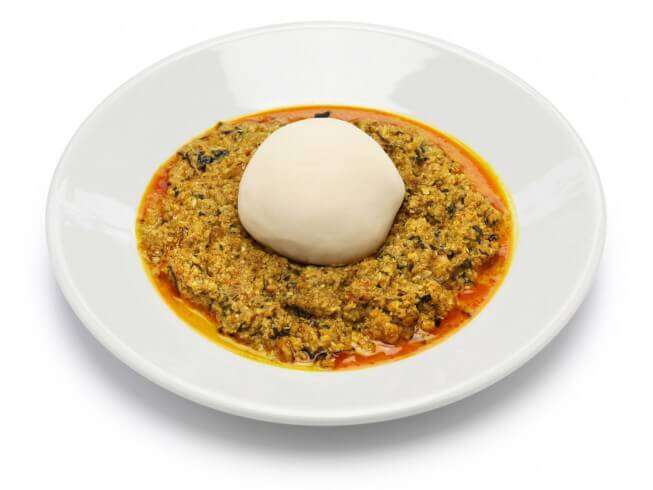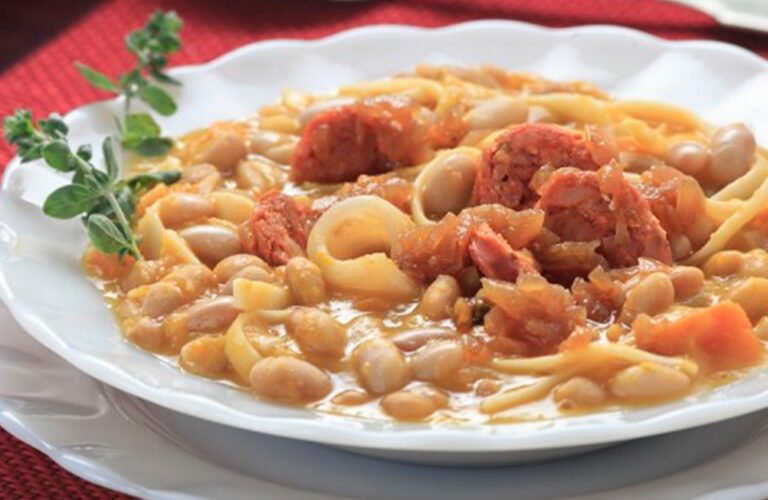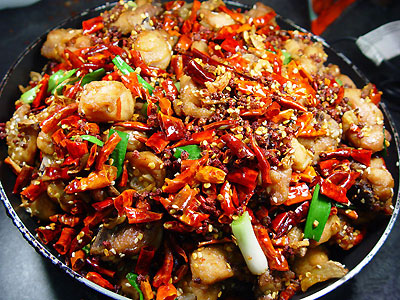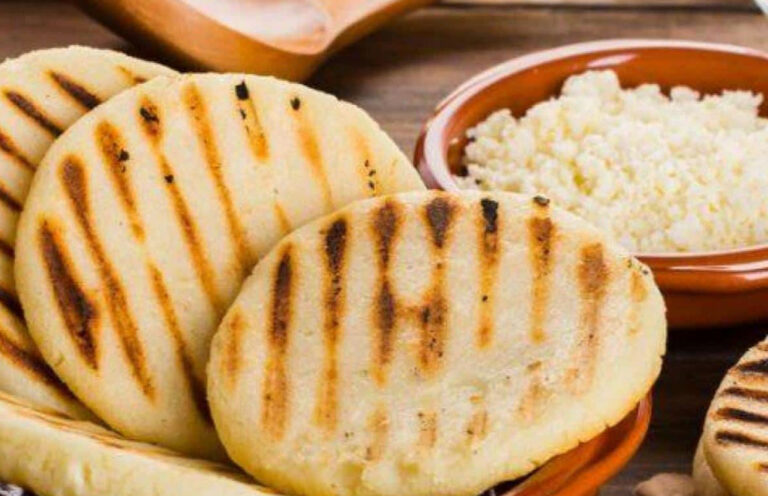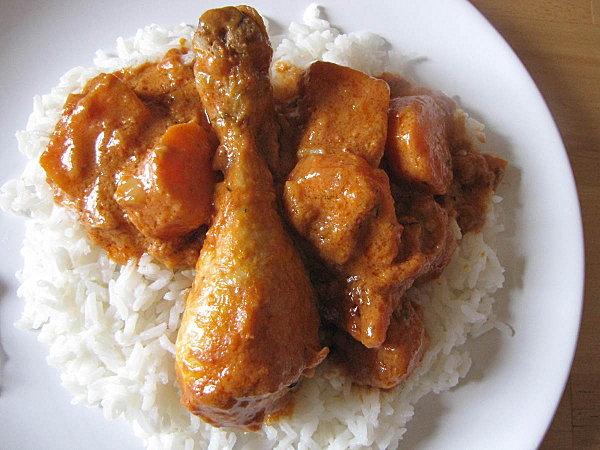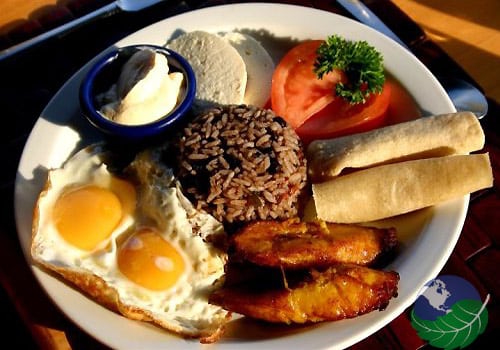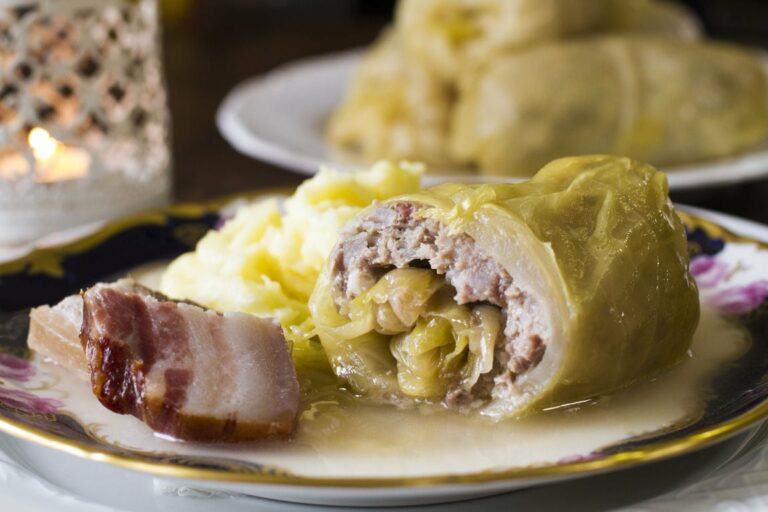Introduction: Central African Republic’s cuisine
Central African Republic’s cuisine is a unique blend of indigenous ingredients, French and African colonial influences, and regional flavors. The country’s cuisine is heavily influenced by the various ethnic groups that make up the population, including the Baya, Banda, and Sara. Central African Republic’s cuisine is characterized by its use of locally sourced ingredients, including wild game, fish, fruits, and vegetables.
Influences on the Central African Republic’s cuisine
Central African Republic’s cuisine is significantly influenced by French colonial rule, which introduced various European ingredients and cooking techniques. The country’s cuisine also has African influences, reflected in the use of local ingredients and cooking methods. Additionally, Central African Republic’s cuisine is influenced by neighboring countries such as Cameroon, Chad, and Congo, which have shared cultural and culinary traditions.
Key ingredients in Central African Republic’s cuisine
Central African Republic’s cuisine is characterized by its use of indigenous ingredients, including cassava, plantains, yams, and okra. The country’s cuisine also features a wide variety of game meats, including antelope, buffalo, and warthog. Other key ingredients in Central African Republic’s cuisine are peanuts, chili peppers, and peanut butter, which are used in many dishes to add flavor and texture.
Popular dishes in Central African Republic’s cuisine
One of the most popular dishes in Central African Republic’s cuisine is peanut stew. The stew is made with chicken or beef, peanut butter, tomatoes, and chili peppers. Another popular dish is cassava leaf stew, made with cassava leaves, beef, smoked fish, and palm oil. Other popular dishes include roasted goat, fish in sauce, and braised antelope.
Meat-based dishes in Central African Republic’s cuisine
Central African Republic’s cuisine is known for its use of wild game meats such as antelope, buffalo, and warthog. These meats are commonly grilled or roasted and served with a variety of sauces made with local ingredients such as peanut butter, chili peppers, and tomatoes. Meat-based dishes are often served with a side of cassava, plantains, or yams.
Vegetarian dishes in Central African Republic’s cuisine
Vegetarian dishes in Central African Republic’s cuisine are often made with locally sourced vegetables such as okra, eggplant, and tomatoes. Popular vegetarian dishes include a peanut stew made with vegetables instead of meat and a tomato and onion salad. Vegetarian dishes are often served with a side of cassava or plantains.
Traditional drinks in Central African Republic’s cuisine
The traditional drink in Central African Republic’s cuisine is palm wine, which is made from the sap of palm trees. Palm wine is a sweet, fermented beverage that is often served at social gatherings. Another popular traditional drink is ginger beer, which is made by fermenting ginger, sugar, and water.
Conclusion: Central African Republic’s unique cuisine
Central African Republic’s cuisine is a unique blend of African, French, and regional influences. The country’s cuisine is characterized by its use of indigenous ingredients, including wild game, fruits, vegetables, and palm oil. The cuisine is known for its rich flavors and hearty dishes, which are often served with a side of cassava, plantains, or yams. Central African Republic’s cuisine is a reflection of the country’s diverse cultural heritage and is a true representation of its people and their way of life.

